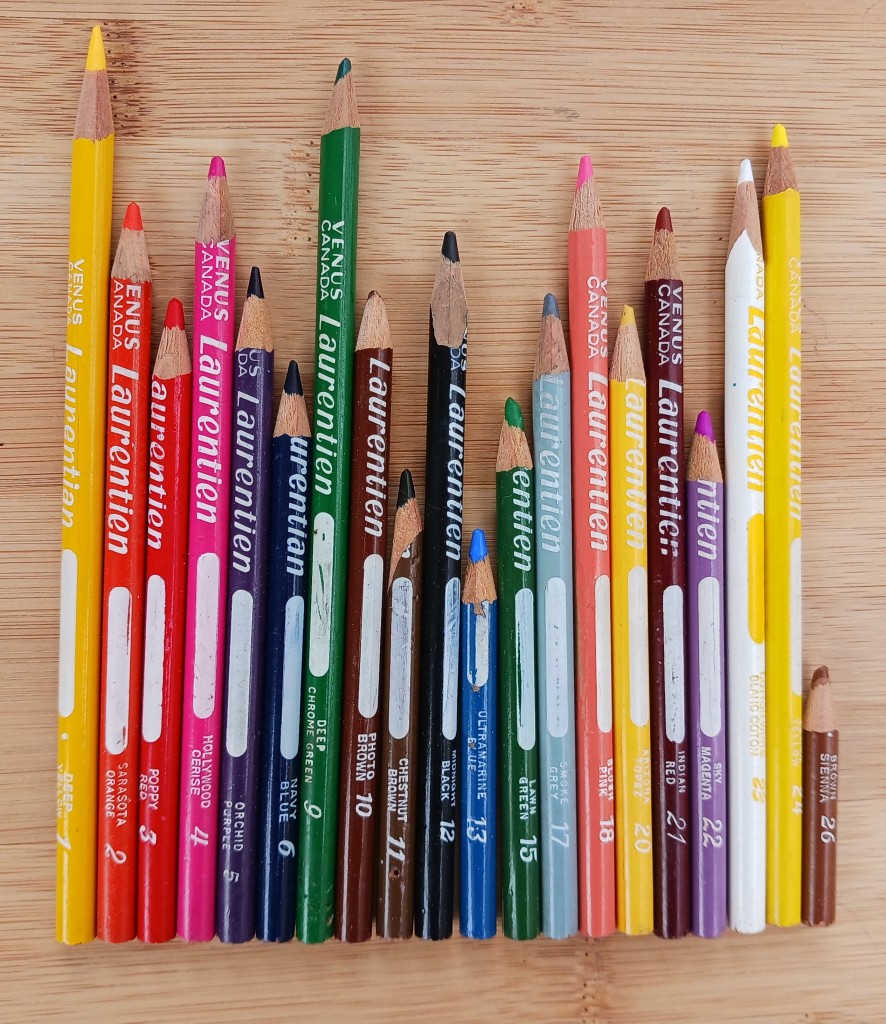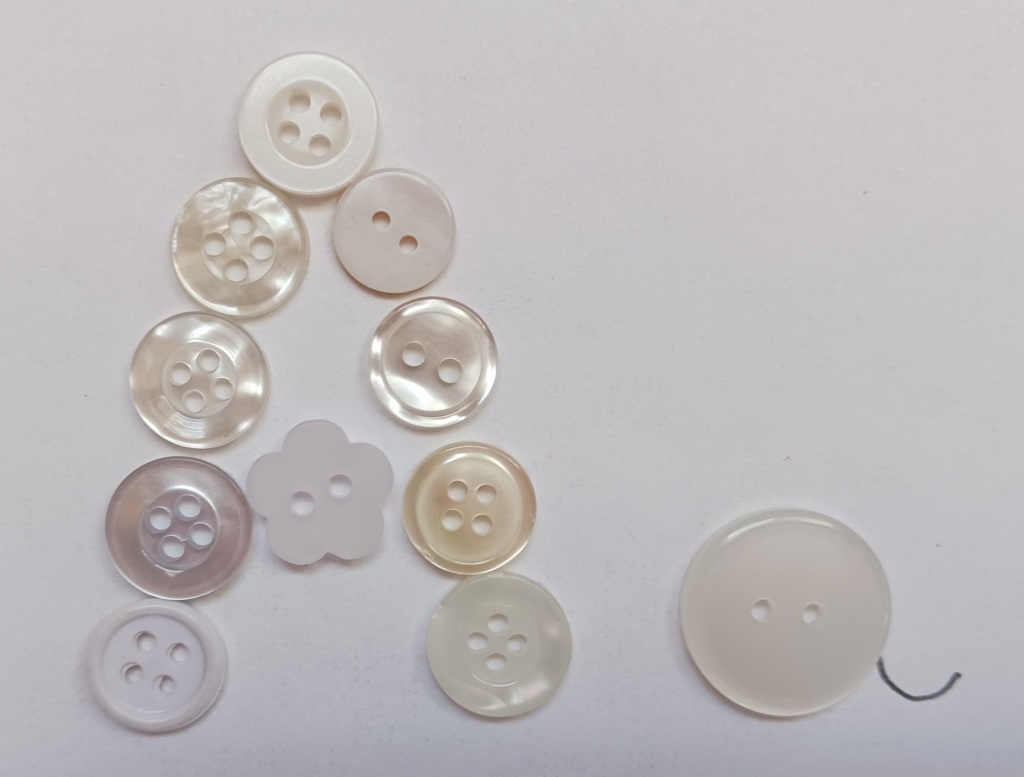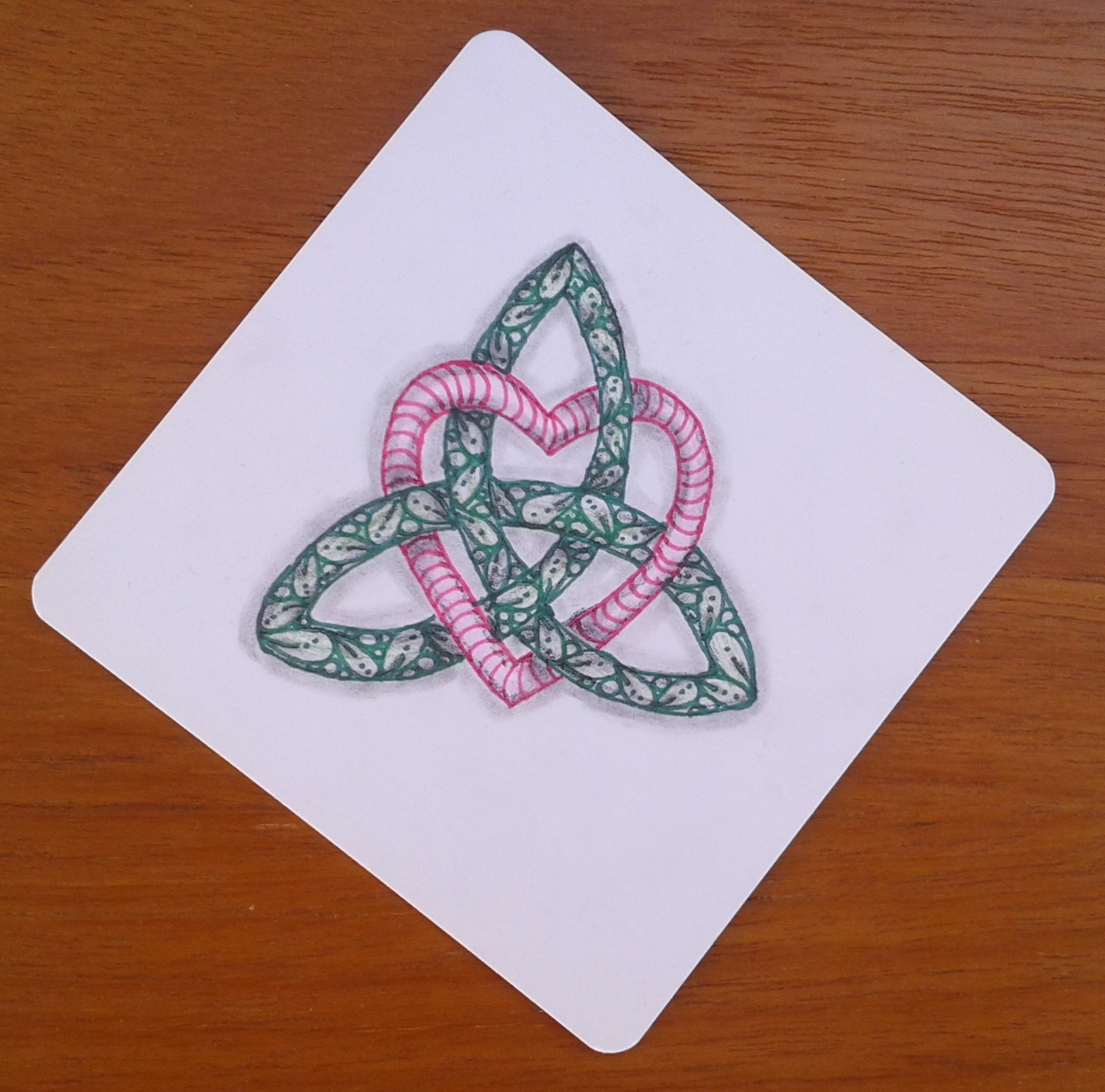
St. Patrick’s Day has become linked with the colour green although early depictions show him wearing blue and there is even a shade called St. Patrick’s blue. Green only became associated with Ireland in the late 18th century when Irish nationalists began to adopt green and St. Patrick’s shamrock as symbols of identity. Using colour in an emblematic way is not unique to the Irish. Colour has long held symbolic meaning to people.
Despite group affiliations with colour, we have no way of understanding how other people perceive it. Even something as straight forward as identifying the colours of a rainbow has been open to interpretation. In his 1664 book, Experiments and Considerations Touching Colours, Robert Boyle described the spectrum produced by a prism as “denoting the five consecutions of colours Red, Yellow, Green, Blew, and Purple”. Around the same time, Isaac Newton was also experimenting with prisms but he added orange and divided purple into indigo and violet to make seven colours, because the number had mystical significance to him. There are seven notes on the western musical scale, seven days of the week, and at the time, only seven planets had been discovered. As one colour blends into the next, it does seem arbitrary to try to divide them. When does yellow become green or green become blue?
The human eye sees green better than any other colour and we have a lot of ways of describing it. For example, Prismacolor Premier Soft Core Art Pencils come in at least 22 shades of green and they have another 7 in their Scholar line. Once you start blending colours you have even more.

So, what does green mean to you – envy, sickness, nature, renewal, environmentalism? There is every shade of nuance to the world’s second favourite colour.























